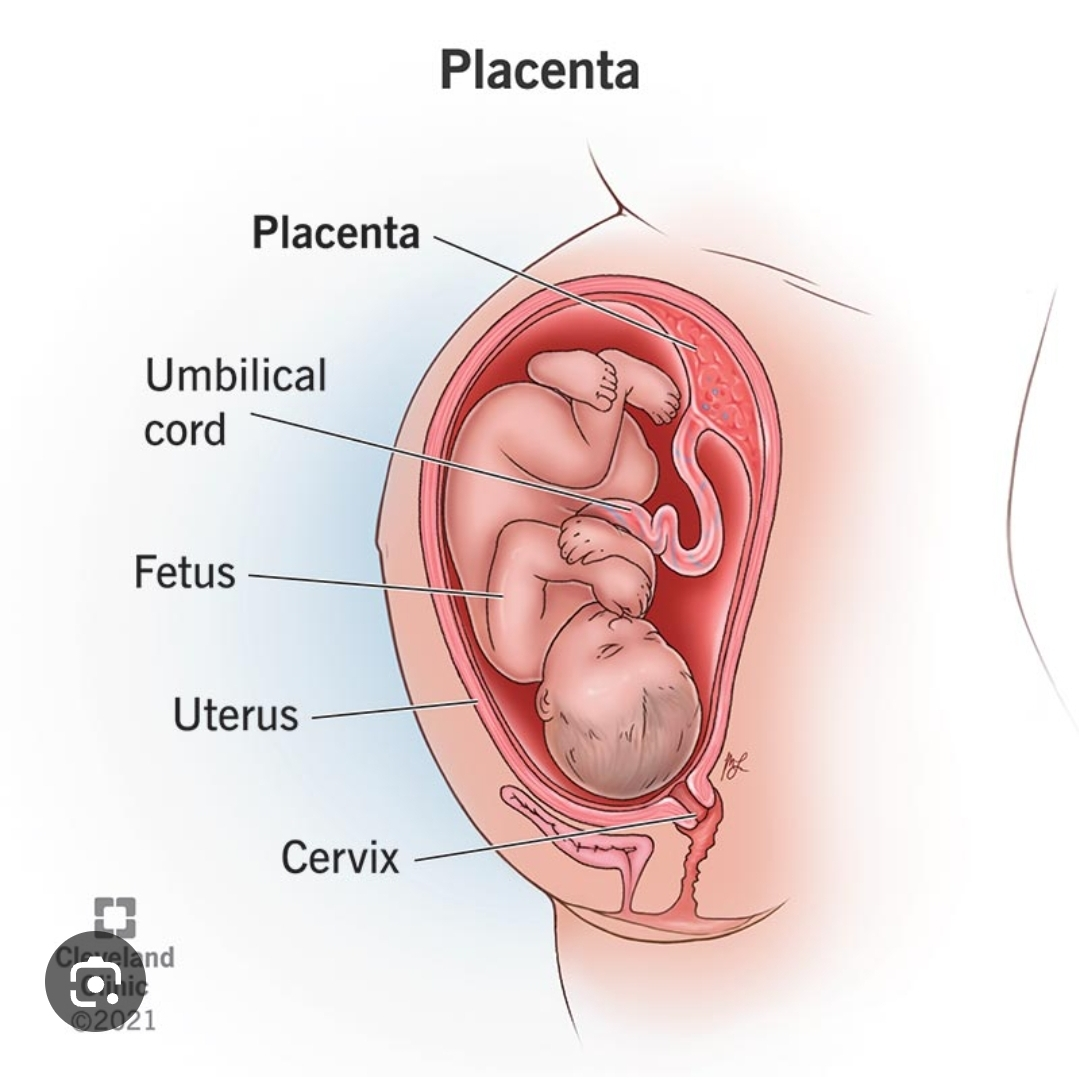
The position of the placenta during pregnancy is crucial because it can impact both maternal and fetal health, as well as the course of labor and delivery. The main placental position types include:
Anterior Placenta: The placenta attaches to the front wall of the uterus. While this is generally not problematic, it can sometimes be associated with a higher risk of complications like lower fetal movement perception or possible difficulty in cesarean delivery due to the position of the placenta.
Posterior Placenta: The placenta is attached to the back wall of the uterus. This position is considered normal and doesn't typically pose risks, but it may result in more noticeable fetal movements since the placenta is less of a barrier.
Fundal Placenta: The placenta attaches to the top (fundus) of the uterus. This is generally considered a safe position and doesn't often present complications.
Low-lying Placenta: The placenta is positioned lower than normal, but still not covering the cervix. It can sometimes lead to complications later in pregnancy, especially if it moves closer to the cervix.
Placenta Previa: The placenta is positioned over or very near the cervix. This can obstruct the birth canal and lead to complications like heavy bleeding during pregnancy and childbirth, often requiring a cesarean section delivery.
Placenta Accreta: This is a more serious condition where the placenta grows too deeply into the uterine wall, leading to difficulty detaching after delivery and potentially causing severe bleeding. It requires careful management during delivery.
The position of the placenta is usually assessed via ultrasound, and any abnormalities or complications are carefully monitored throughout the pregnancy to ensure appropriate management and to minimize risks to both mother and baby




